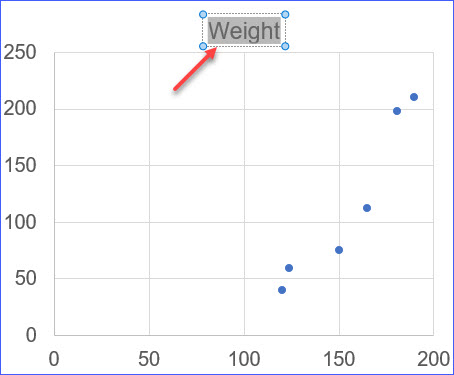

If we see on the right hand, so there is an option ‘ + ’ sign, so with the help of the ‘ + ‘ sign, we can display the different chart elements which are we need. This visualization is default by excel if we want to change anything so excel allows us to change the data and anything as we want. Click on Insert Ribbon > Click on Column chart > More column chart.Ĭhoose the clustered column chart > Click on Ok.Īlso, we can use a shortcut key ( alt+F11). So we want to display the report by using a cluster column chart.įirst of all, select the range.

All filed like target, order count, Target, Order Value, Achieved %, Payment received, Discount % is given in the summary now we can see them in a table as below mention.

There is a summarization of data this summarization is a company’s performance report, suppose some sales team in different location zone, and they have a target for sale the product. To add a title to the new axis, click in the chart area and select the green plus sign.You can download this Clustered Column Chart Excel Template here – Clustered Column Chart Excel Template Clustered Column Chart in Excel Example #1 To finish formatting this chart, we’ll add appropriate labels. Scroll down in the task pane to Number and reduces the decimal places to 2. Set the minimum bound to -0.2 and the maximum to 0.2. Switch to Axis Options with the bar chart icon:įor these data, a range of ☐.2 works well. With the task pane still open, click on the new axis. However, Excel always leaves extra empty space on both sides of an axis by default, so you can modify the axis as we did in Section 1 of this chapter. It also scales the sine wave to cover most of the chart area. This will add an additional axis on the right side of the chart.

You can add a secondary axis so that the sine wave covers more of the chart by right-clicking on it, selecting Format Data Series, and choosing Secondary Axis from the task pane. Currently, both data series are sharing a common y-axis, and the amplitude of the sine wave is small relative to the range of the first curve.


 0 kommentar(er)
0 kommentar(er)
